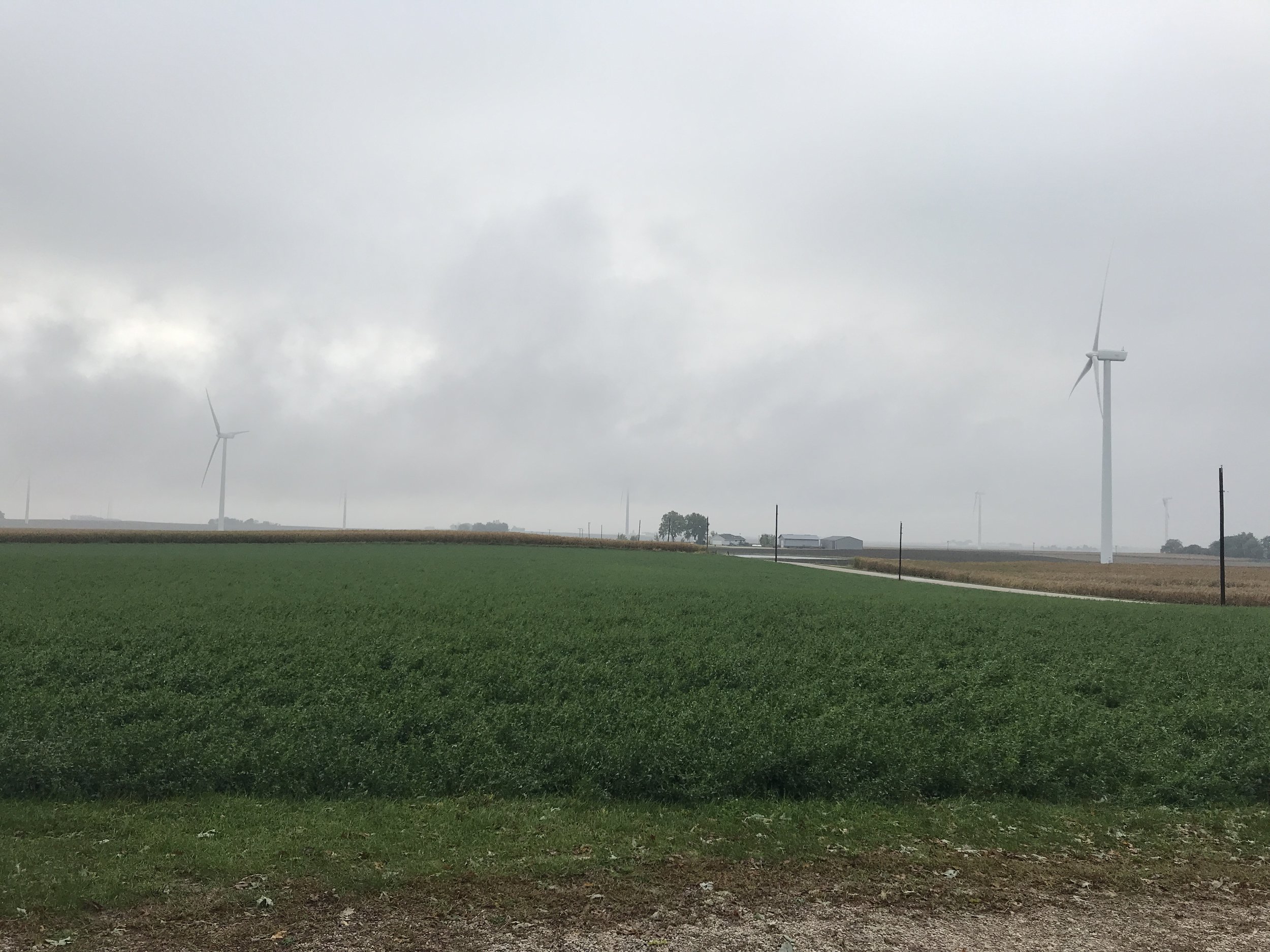A couple of months ago Civilization VI showed up on the iPad App Store. The Civilization series) has been around for decades on desktop PC’s and consoles, and I started playing with either Civilization III or IV. This is a turn-based strategy game in which one is trying to build an empire. Of course, your empire has competitors, and each is headed by an historic leader. The capabilities of each empire vary somewhat based upon the historical makeup of that culture - the Indian nation, for example, has elephants as part of an available unit. Victory can be achieved through conquest, as one might expect, but there are multiple other routes to win, including religious, cultural, or scientific domination.
Some time ago I discussed here that I really didn’t want to play games at my desktop computer any more. I’ve made an exception for the subsequent chapters in Starcraft II - I have an enduring love for the gameplay and the storyline - but for most others I simply don’t want to spend the time at a desk. I considered making an exception for Civilization a couple of years ago - in fact, I’d gone so far as purchasing a download of Civilization V through Amazon that was deeply discounted for the holidays - but I never downloaded it. Looking back through my order history I can see it is still there, waiting...
Making it available on the iPad makes all of the difference for me. Now I can enjoy this game without being chained to a desk, segregated from my family. And while this is good for any game scenario, it is especially important for this type of game. Civilization is a time sink - a delightfully maddening time sink, but a time sink nonetheless. It is turn-based, so the end of each set of turns provides a logical stopping point, a potentially easy stepping off point to move on to other, non-digital things like, you know, eating and seeing to your personal care. Still, there is always this one more thing to accomplish - finish building this world wonder, establish one more new settlement, complete the takeover of that neighboring city. And of course, while one is in the process of accomplishing those things, one has started other projects that one would also like to see reach fruition, and so on it goes. It’s very much like the video game equivalent of reading a Stephen King novel.
Game play on the iPad works very nicely. This game series was originally developed long before the advent of touch screens, but the manufacturer has done a very nice job of translating it for this format. Occasionally one does run into issues when there are multiple things on a given area, where the game isn’t sure what you are trying to accomplish with your tap, but generally zooming in (which provides some separation between the things) or tapping a slightly different area will address this.
One caveat for players would be that, while you don’t have to be at a desk, you will want to be in proximity of an outlet. The game tends towards long play, as I’ve already mentioned, and it clearly uses some processing power. As a result, battery use is far higher than in non-gaming activities like browsing or writing. In fact, you’ll not only want to be plugged in if you are going to be playing for a while, but you will want to use a higher capacity charger. I’ve found that chargers designed at a iPhone’s charging level, for example, only slow the rate of battery usage while playing this game. Fortunately, the game does provide both a battery level gauge and a clock so that one does not entirely lose track of these real-world details during play.
The game is expensive by App Store standards. At a full price of $59.99, it’s priced like a desktop game. This is a primary source of complaint within the reviews on the App Store, and certainly one can see why folks used to typical app prices would find this jarring. However, this plays like a fully-fledged desktop game and has one important variation from other, cheaper games on the App Store: no in-app purchases are required to play it. The game does offer a couple of scenario packs, but these are enhancements that are completely unnecessary for regular gameplay. To my mind this compares quite favorably to games that are structured to put gameplay progress just out of reach unless one purchases "coins" or other game assets in order to move forward - a game design strategy that is pervasive in the App Store and which no doubt has the potential to be quite lucrative for game designers, since its difficult for a player to keep track of just how much they are spending during the course of a given game. I’m more than happy to pay a premium at initial purchase to keep this sort of thing at bay.
However, if the price is still off-putting, be aware that the game has also frequently been on-sale for as much as 50% off, so the patient and watchful buyer can get a foot in the door - and a settlement on fresh, virgin soil - for far less.
If this sounds like your sort of game I can highly recommend it. Now if only someone would convince Blizzard to make the next version of Starcraft for iOS...


















